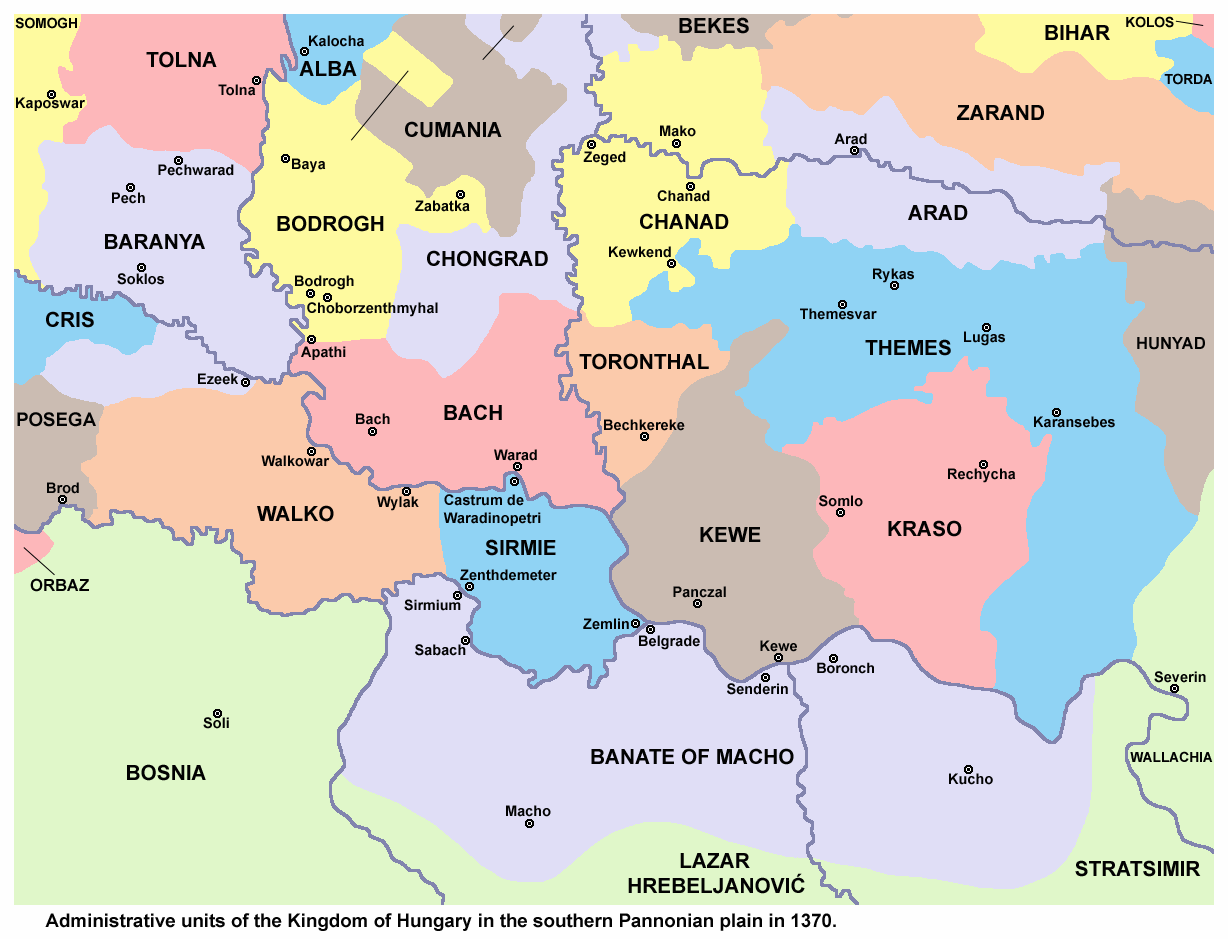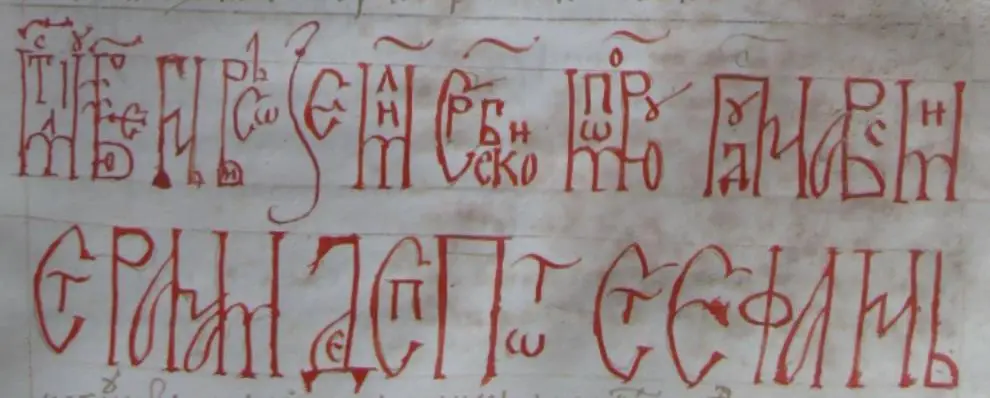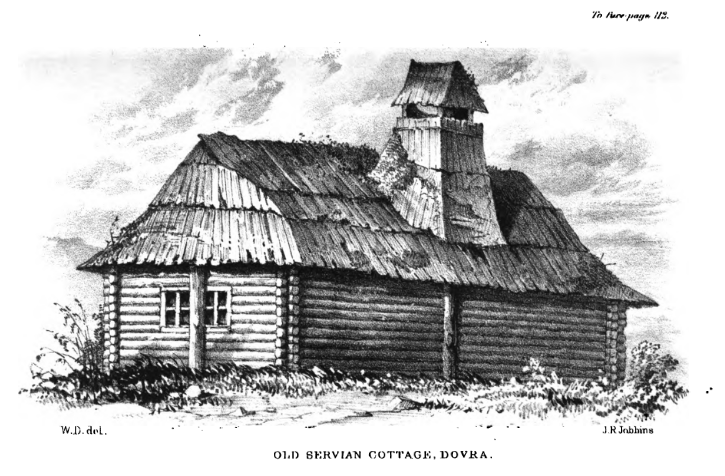SERVIA,
YOUNGEST MEMBER OF THE EUROPEAN FAMILY:
OR, A
RESIDENCE IN BELGRADE,
AND
TRAVELS IN THE HIGHLANDS AND WOODLANDS OF THE INTERIOR,
DURING THE YEARS 1843 AND 1844.
BY
ANDREW ARCHIBALD PATON, ESQ.
Poetry.—Journalism.—The Fine Arts.—The Lyceum.—Mineralogical cabinet.—Museum.—Servian Education.
In the whole range of the Slaavic family there is no nation possessing so extensive a collection of excellent popular poetry. The romantic beauty of the region which they inhabit, the relics of a wild mythology, which, in its general features, has some resemblance to that of Greece and Scandinavia,—the adventurous character of the population, the vicissitudes of guerilla warfare, and a hundred picturesque incidents which are lost to the muses when war is carried on on a large scale by standing armies, are all given in a dialect, which, for musical sweetness, is to other Slavonic tongues what the Italian is to the languages of Western Europe.1
The journalism of Servia began at Vienna; and a certain M. Davidovitch was for many years the interpreter of Europe to his less enlightened countrymen. The journal which he edited is now published at Pesth, and printed in Cyrillian letters. There were in 1843 two newspapers at Belgrade, the State Gazette and the Courier; but the latter has since been dropped, the editor having vainly attempted to get its circulation allowed in the Servian districts of Hungary. Many copies were smuggled over in boats, but it was an unremunerating speculation; and the editor, M. Simonovitch, who was bred a Hungarian advocate, is now professor of law in the Lyceum. Yankee hyperbole was nothing to the high flying of this gentleman. In one number, I recollect the passage, “These are the reasons why all the people of Servia, young and old, rich and poor, danced and shouted for joy, when the Lord gave them as a Prince a son of the never-to-be-forgotten Kara Georg.” A Croatian newspaper, containing often very interesting information on Bosnia, is published at Agram, the language being the same as the Servian, but printed in Roman instead of Cyrillian letters. The State Gazette of Belgrade gives the news of the interior and exterior, but avoids all reflections on the policy of Russia or Austria. An article, which I wrote on Servia for an English publication, was reproduced in a translation minus all the allusions to these two powers; and I think that, considering the dependent position of Servia, abstinence from such discussions is dictated by the soundest policy.
The “Golubitza,” or Dove, a miscellany in prose and verse, neatly got up in imitation of the German Taschenbücher, and edited by M. Hadschitch, is the only annual in Servia. In imitation of more populous cities, Belgrade has also a “Literary Society,” for the formation of a complete dictionary of the language, and the encouragement of popular literature. I could not help smiling at the thirteenth statute of the society, which determines that the seal should represent an uncultivated field, with the rising sun shining on a monument, on which the arms of Servia are carved.
The fine arts are necessarily at a very low ebb in Servia. The useful being so imperfect, the ornamental scarcely exists at all. The pictures in the churches are mostly in the Byzantine manner, in which deep browns and dark reds are relieved with gilding, while the subjects are characterized by such extravagancies as one sees in the pictures of the early German painters, a school which undoubtedly took its rise from the importations of Byzantine pictures at Venice, and their expedition thence across the Alps. At present everything artistic in Servia bears a coarse German impress, such as for instance the pictures in the cathedral of Belgrade.
Thus has civilization performed one of her great evolutions. The light that set on the Thracian Bosphorus rose in the opposite direction from the land of the once barbarous Hermans, and now feebly re-illumines the modern Servia.
One of the most hopeful institutions of Belgrade is the Lyceum, or germ of a university, as they are proud to call it. One day I went to see it, along with Professor Shafarik, and looked over the mineralogical collection made in Servia, by Baron Herder, which included rich specimens of silver, copper, and lead ore, as well as marble, white as that of Carrara. The Studenitza marble is slightly grey, but takes a good polish. The coal specimens were imperfectly petrified, and of bad quality, the progress of ignition being very slow. Servia is otherwise rich in minerals; but it is lamentable to see such vast wealth dormant, since none of the mines are worked.
We then went to an apartment decorated like a little ball-room, which is what is called the cabinet of antiquities. A noble bronze head, tying on the German stove, in the corner of the room, a handsome Roman lamp and some antique coins, were all that could be shown of the ancient Moesia; but there is a fair collection of Byzantine and Servian coins, the latter struck in the Venetian manner, and resembling old sequins.
A parchment document, which extended to twice the length of a man, was now unrolled, and proved to be a patent of Stephan Urosh, the father of Stephan Dushan, endowing the great convent of Dechani, in Albania. Another curiosity in the collection is the first banner of Kara Georg, which the Servians consider as a national relic. It is in red silk, and bears the emblem of the cross, with the inscription “Jesus Christ conquers.”
We then went to the professor’s room, which was furnished with the newest Russ, Bohemian, and other Slaavic publications, and after a short conversation visited the classes then sitting. The end of education in Servia being practical, prominence is given to geometry, natural philosophy, Slaavic history and literature, &c. Latin and Greek are admitted to have been the keys to polite literature, some two centuries and a half ago; but so many lofty and noble chambers having been opened since then, and routine having no existence in Servia, her youth are not destined to spend a quarter of a lifetime in the mere nurseries of humanity.
- To those who take an interest in this subject, I have great pleasure in recommending a perusal of “Servian Popular Poetry,” (London, 1827,) translated by Dr. Bowring; but the introductory matter, having been written nearly twenty years ago, is, of course, far from being abreast of the present state of information on the subjects of which it treats. ↩︎



